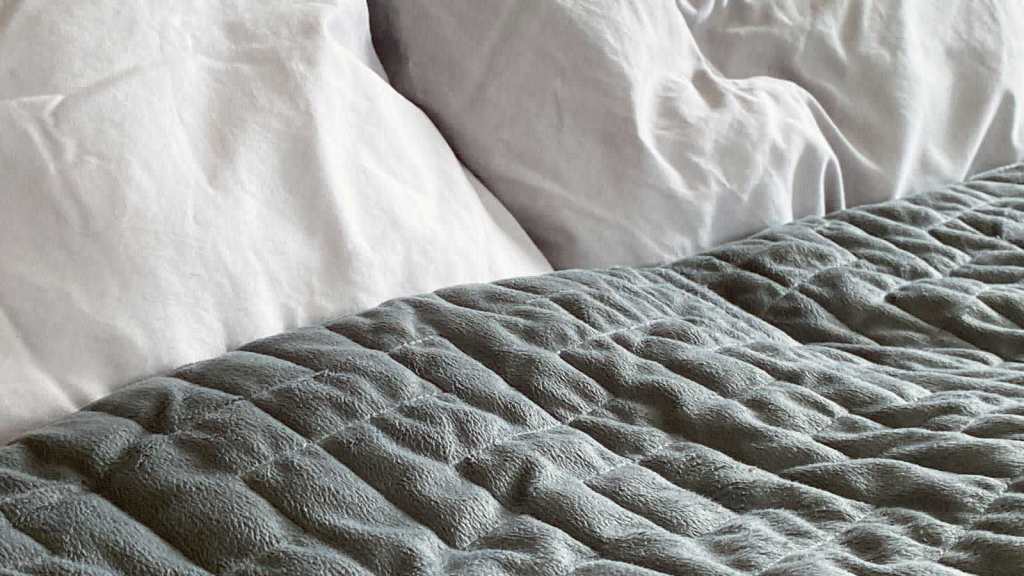You might have seen ads for weighted blankets popping up all over Instagram lately or heard your friends and colleagues talking about them. And as we’re all striving for a better night’s sleep, it makes sense that we’re being targeted ads for the latest wellness trend.
If you’re wondering exactly what weighted blankets are, it’s pretty self-explanatory. They’re like normal blankets but filled with different materials to create a sort of heaviness when used. If you’ve ever worn a blanket or vest while getting an x-ray, it essentially feels like that.
Fans of weighted blankets claim that they have the ability to change a person’s sleeping habits, but others seem to think that they’re just a big waste of money. So to find out a little more, we decided to seek out some concrete answers.
Keep reading to learn about why you might love or hate weighted blankets.
The Pros of Weighted Blankets
- Weighted blankets are said to reduce stress and anxiety.
- Because of the pressure they add, weighted blankets create a calming effect.
- Whether physical or psychological, they can make people feel secure.
- The soft pressure applied by the blanket can help you stop fidgeting while falling asleep.
- It’s a low-risk way to treat anxiety. Despite the fact that there is little evidence to suggest the scientific reasoning behind weighted blankets, the downsides are relatively little, so if it makes you feel better — go for it.
The Cons of Weighted Blankets
- They can be extremely heavy, making them difficult to transport (or expensive to ship.)
- They are expensive. Most high-quality weighted blankets cost around $150-300. Here’s where you can shop them in Australia.
- Weighted blankets can be dangerous for pets or children. Small animals and children might get trapped under a weighted blanket and be unable to escape for air.
- Using a weighted blanket during the summer will get very hot and potentially lead to an uncomfortable sleep.







